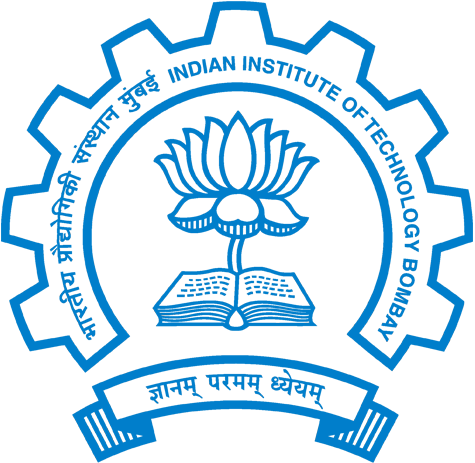जीवन आधार
Keywords: DNA
Thalassemia test
Genetic test
Genetic Code
Description: DNA is often referred to as the code of life because it is just that: a code containing instructions on how to build various proteins. ... Other proteins work to protect and maintain the cell's structure, move cargo around within the cell, or even help cells communicate with and signal to other cells. Genetic code. The genetic code is the set of rules by which information encoded in genetic material (DNA or RNA sequences) is translated into proteins (amino acid sequences) by living cells. ... For example, in humans, protein synthesis in mitochondria relies on a genetic code that varies from the canonical code.But the genes in your DNA don't make protein directly. Instead, special proteins called enzymes read and copy (or "transcribe") the DNA code. The segment of DNA to be transcribed gets "unzipped" by an enzyme, which uses the DNA as a template to build a single-stranded molecule of RNA. In this video the code of life explained with the help of National Science Centre Exhibits.
Source: National Council of Science Museums
Type: Video
Received From: National Council of Science Museums
| DC Field | Value |
| dc.contributor | National Council of Science Museums |
| dc.date.accessioned | 2019-11-30T09:06:01Z |
| dc.date.available | 2019-11-30T09:06:01Z |
| dc.description | DNA is often referred to as the code of life because it is just that: a code containing instructions on how to build various proteins. ... Other proteins work to protect and maintain the cell's structure, move cargo around within the cell, or even help cells communicate with and signal to other cells. Genetic code. The genetic code is the set of rules by which information encoded in genetic material (DNA or RNA sequences) is translated into proteins (amino acid sequences) by living cells. ... For example, in humans, protein synthesis in mitochondria relies on a genetic code that varies from the canonical code.But the genes in your DNA don't make protein directly. Instead, special proteins called enzymes read and copy (or "transcribe") the DNA code. The segment of DNA to be transcribed gets "unzipped" by an enzyme, which uses the DNA as a template to build a single-stranded molecule of RNA. In this video the code of life explained with the help of National Science Centre Exhibits. |
| dc.source | National Council of Science Museums |
| dc.format.mimetype | text/html video/mp4 |
| dc.language.iso | hi |
| dc.subject | DNA Thalassemia test Genetic test Genetic Code |
| dc.type | Video |
| dc.format.medium | video |
| dc.format.duration | 00:19:23 |
| DC Field | Value |
| dc.contributor | National Council of Science Museums |
| dc.date.accessioned | 2019-11-30T09:06:01Z |
| dc.date.available | 2019-11-30T09:06:01Z |
| dc.description | DNA is often referred to as the code of life because it is just that: a code containing instructions on how to build various proteins. ... Other proteins work to protect and maintain the cell's structure, move cargo around within the cell, or even help cells communicate with and signal to other cells. Genetic code. The genetic code is the set of rules by which information encoded in genetic material (DNA or RNA sequences) is translated into proteins (amino acid sequences) by living cells. ... For example, in humans, protein synthesis in mitochondria relies on a genetic code that varies from the canonical code.But the genes in your DNA don't make protein directly. Instead, special proteins called enzymes read and copy (or "transcribe") the DNA code. The segment of DNA to be transcribed gets "unzipped" by an enzyme, which uses the DNA as a template to build a single-stranded molecule of RNA. In this video the code of life explained with the help of National Science Centre Exhibits. |
| dc.source | National Council of Science Museums |
| dc.format.mimetype | text/html video/mp4 |
| dc.language.iso | hi |
| dc.subject | DNA Thalassemia test Genetic test Genetic Code |
| dc.type | Video |
| dc.format.medium | video |
| dc.format.duration | 00:19:23 |
 Government of India
Government of India

 Recognizing the ongoing need to position itself for the digital future, Indian Culture is an initiative by the Ministry of Culture. A platform that hosts data of cultural relevance from various repositories and institutions all over India.
Recognizing the ongoing need to position itself for the digital future, Indian Culture is an initiative by the Ministry of Culture. A platform that hosts data of cultural relevance from various repositories and institutions all over India.